https://www.weiguangele.com/working-principle-of-incremental-semi-hollow-shaft-encoders.html
Incremental semi-hollow shaft encoders are precision devices used in a wide range of industrial and automation applications to accurately measure rotational motion. The core functionality of these encoders lies in their ability to convert mechanical rotation into electrical signals that can be interpreted by control systems, providing reliable feedback for speed, direction, and position. The working principle of these encoders is a combination of optical or magnetic sensing, incremental signal generation, and precise shaft coupling, making them essential in modern motion control systems.
Incremental Semi-Hollow Shaft Encoder-PHF58 Series
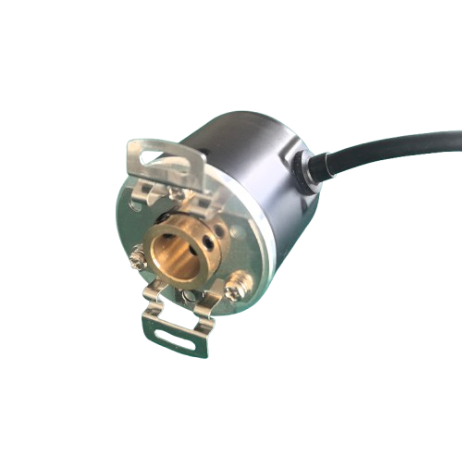
At the heart of an incremental semi-hollow shaft encoder is its sensing mechanism, which can operate on optical or magnetic induction principles. Optical encoders utilize a light source, usually an LED, in conjunction with a rotating disk marked with alternating transparent and opaque segments. As the disk rotates, light passes through or is blocked by these segments, creating a series of interruptions detected by a photodetector. These interruptions are translated into electrical pulses that represent the motion of the shaft. In magnetic encoders, a magnetic field is generated by a rotating magnet or magnetic strip attached to the shaft. Changes in this magnetic field are detected by sensors such as Hall-effect or magnetoresistive devices, which then produce corresponding electrical pulses. Both methods allow the encoder to precisely translate rotational movement into electronic signals, forming the foundation of incremental feedback.
The incremental signal output is typically delivered through A, B, and Z channels. Channels A and B generate quadrature signals that are 90 degrees out of phase with each other. This quadrature configuration allows control systems to detect both the direction and speed of rotation accurately. Each pulse from channels A and B corresponds to a small angular increment of the shaft, and counting these pulses enables the calculation of relative position. The Z channel, also known as the index pulse, provides a single pulse per revolution. This pulse serves as a reference point, allowing the system to reset or calibrate its position, which is particularly important in applications requiring repeated precision or homing functions.
Speed and position detection using incremental encoders is straightforward yet highly effective. The rotational speed can be determined by measuring the frequency of the pulses from channels A or B. Faster rotations produce more frequent pulses, allowing the control system to compute angular velocity in real time. Position detection relies on pulse counting from a known reference point, often using the Z channel to establish an initial zero position. By continuously counting pulses as the shaft rotates, the system can monitor relative position with high resolution, enabling precise motion control in robotics, CNC machinery, and other automated systems.
The semi-hollow shaft design of these encoders plays a critical role in achieving precise mechanical coupling with motor shafts. Unlike solid shaft encoders, semi-hollow shaft encoders are designed to slip over the motor shaft, providing a direct connection that minimizes backlash and mechanical play. The encoder can be secured with set screws or clamping mechanisms to ensure tight coupling, so that every rotation of the motor shaft is faithfully transmitted to the encoder’s sensing disk. This mechanical configuration simplifies installation, reduces alignment errors, and enhances measurement accuracy, making semi-hollow shaft encoders highly suitable for applications where precise position feedback is required.
In summary, the working principle of an incremental semi-hollow shaft encoder integrates optical or magnetic sensing, incremental pulse generation via A/B/Z channels, and precise semi-hollow shaft coupling. This combination allows the device to provide accurate rotational speed, direction, and position feedback to control systems. By converting mechanical rotation into high-resolution electrical signals and maintaining a robust connection to the motor shaft, these encoders ensure reliable performance in demanding industrial environments. Jilin Weiguang Electronic Technology Co., Ltd. produces high-quality incremental semi-hollow shaft encoders that exemplify this principle, supporting precise motion control and efficient automation in modern machinery.
https://www.weiguangele.com/working-principle-of-incremental-semi-hollow-shaft-encoders.html
Jilin Weiguang Electronic Technology Co., Ltd.
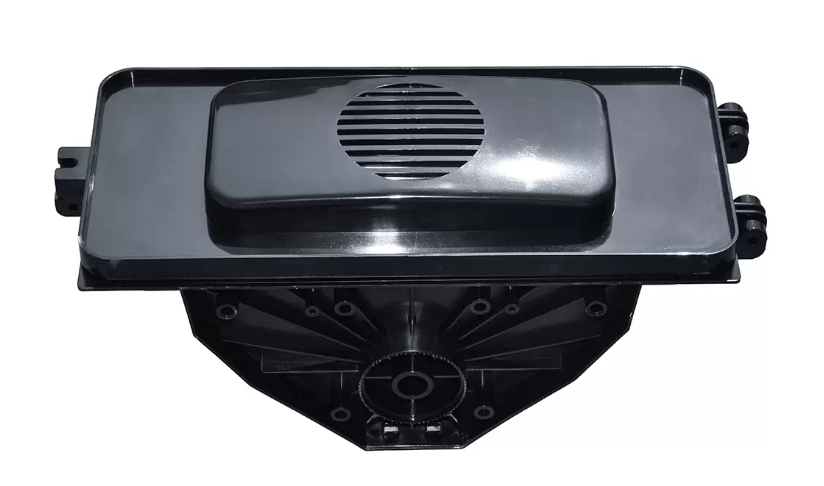


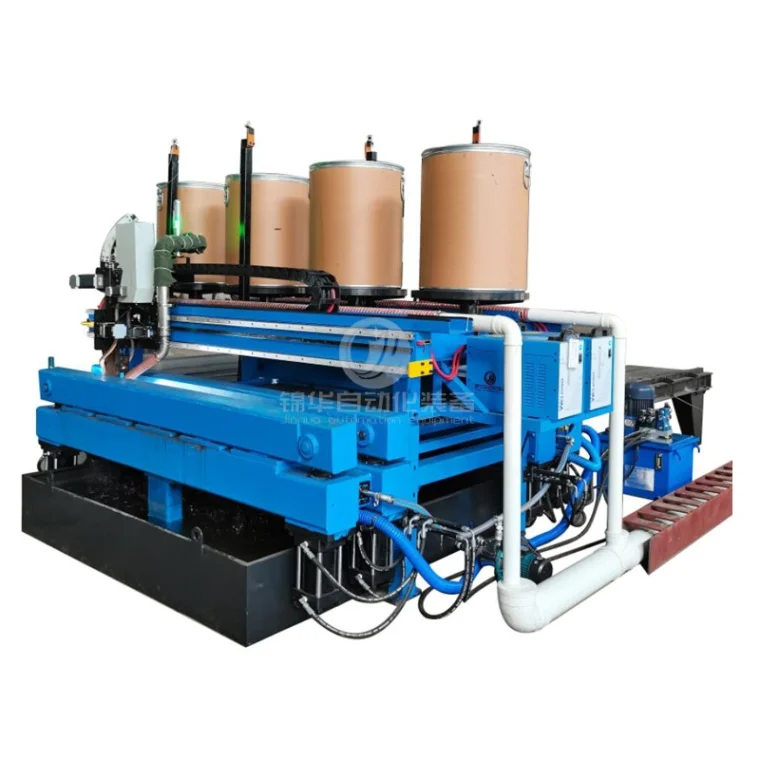

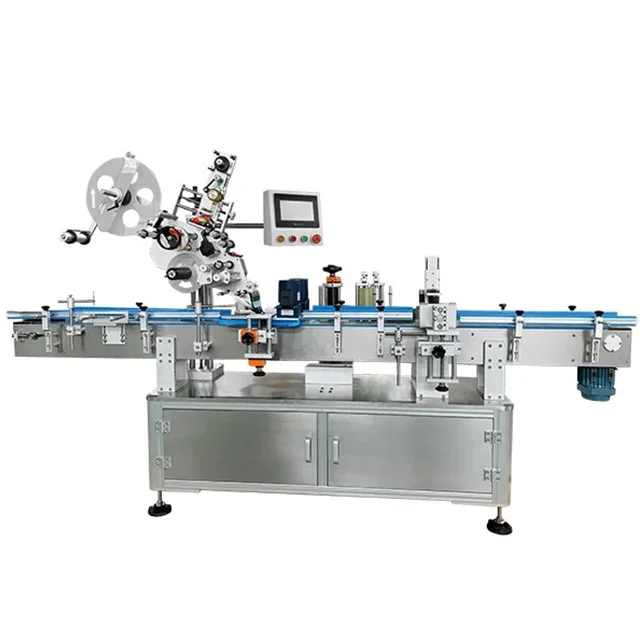
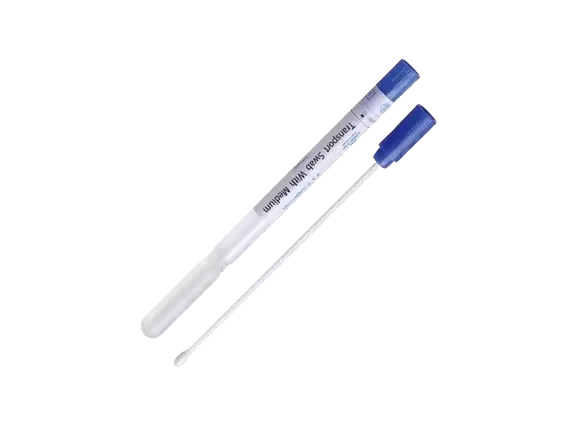


+ There are no comments
Add yours